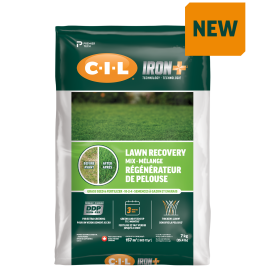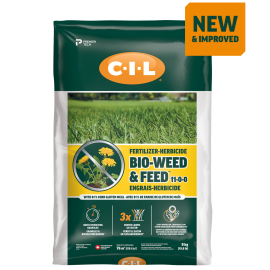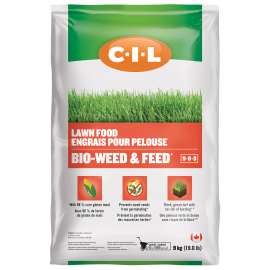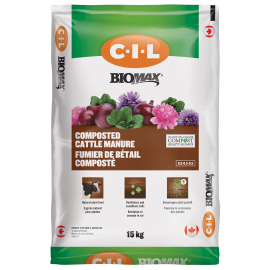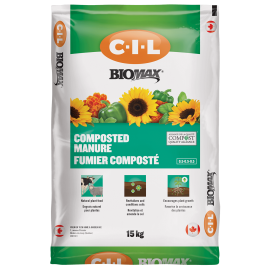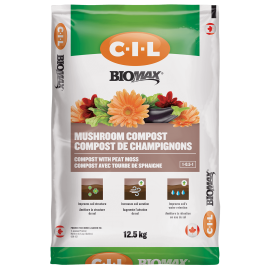TEST YOUR KNOWLEDGE
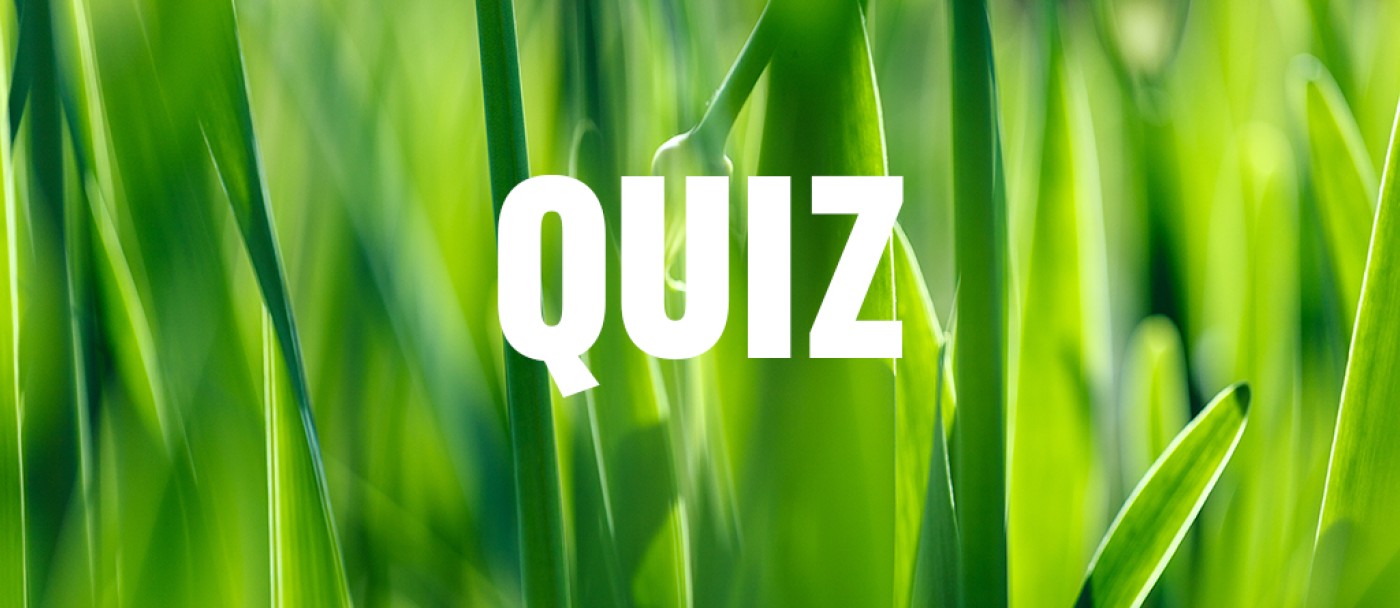
Lawns hold no secrets for you? Here’s a little quiz to test your knowledge… and possibly learn more about the most widely grown plant in Canadian yards!
QUESTION 1
True or false? Grass seed blends always benefit from combining cool-season and warm-season grasses.
A. TRUE
B. FALSE
QUESTION 2
What is an endophyte?
A. An insect that attacks grass roots
B. A nutrient that helps lawns grow in the shade
C. A fungus that repels insects
D. A microscopic worm that allows lawns to regenerate
QUESTION 3
What is allelopathy?
A. A natural phenomenon present in certain species of turf grasses
B. A manifestation related to climate change and which shortens the growing season.
C. A phenomenon which influences grass colour intensity
D. A lawn disease due to stagnant humidity at specific times during the season
QUESTION 4
Which of these turf grasses develop(s) in bunches and not by rhizomes?
A. Kentucky bluegrass
B. Fescue
C. Ryegrass
D. Common timothy
QUESTION 5
Which grass grows the fastest?
A. Creeping red fescue
B. Kentucky bluegrass
C. Ryegrass
D. Chewing’s fescue
E. Sheep fescue
QUESTION 6
What is the ideal pH for a lawn?
A. Between 3.5 and 5.5
B. Between 5.5 and 6.8
C. Between 6 and 7
D. Between 7 and 8
E. More than 8
QUESTION 7
Which statement(s) is/are true?
A. All grass seed types are the same when sown at the right time
B. Kentucky bluegrass benefits from being combined with other cool-season grasses
C. Lawns composed of Kentucky bluegrass only are more resistant
D. Fine fescues stay green all season
E. Chewing’s fescue is an annual
QUESTION 8
Which of the following isn’t a quality associated with ryegrass?
A. Quick germination
B. Tolerates short cuts
C. Gives good results in poor or rocky soils
D. Very high tolerance to trampling
E. Tolerates disease and insects
QUESTION 9
Leaving grass clippings on the ground after mowing is a good practice, but not…
A. When you’ve waited too long before mowing and more than 1/3 of the grass blade is cut
B. When the weather is humid
C. During periods of extreme heat
D. When soil temperatures are below 15 °C
E. All of the above
QUESTION 10
When is it necessary to dethatch?
A. When thatch is more than 1.25 cm thick
B. When you notice the presence of insects
C. Each spring after raking the lawn
D. Each time fertilizer is applied
Click the link for the answers: The answers to our quiz on lawns! | C-I-L® Lawn and Garden
